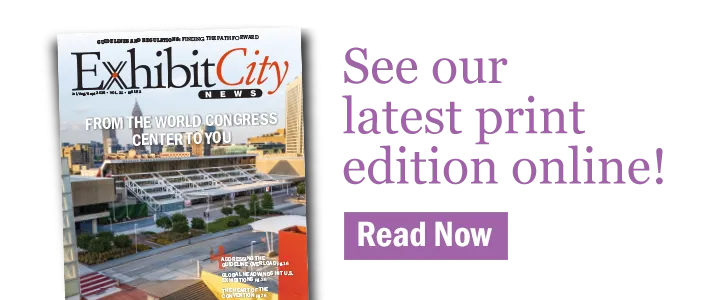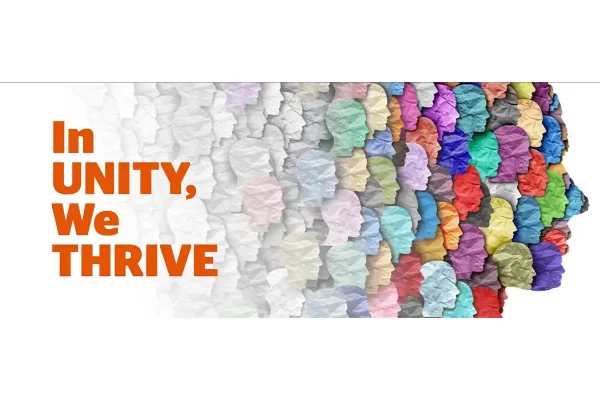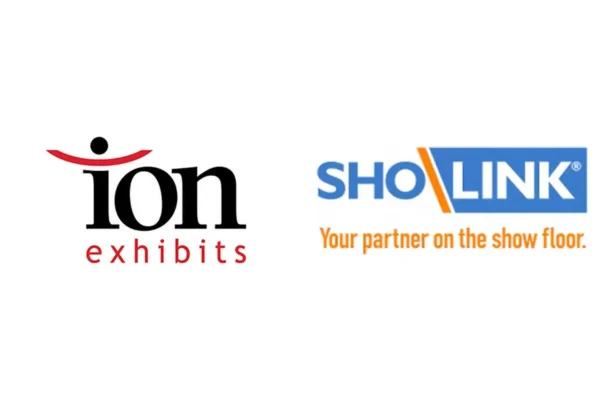Key to ensuring the success of a traveling museum exhibit is assembling the right team from beginning to end. This includes awarding the bid to a company that can fulfill the project owner’s creative vision and provide the resources to sustain an exhibit’s lifespan on the road.
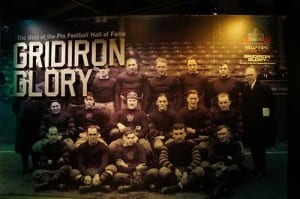
For the Pro Football Hall of Fame, this company was Gallo, an Ohio-based marketing company with a 10-year Museum Services division. To honor the greatest football players in history, the Hall of Fame wanted to bring “Gridiron Glory: The Best of the Pro Football Hall of Fame,” an exhibit over 5,000 square feet, to various NFL cities across the U.S., but to do it would be expensive.
“Funding for non-profit museum projects come from multiple sources: private donations, families and foundations, governmental assistance and grants, and federal, state, and local tax credits and incentives,” explained Don Szabo, vice president of program strategies, Gallo. “Most successful projects start with a lead donor or community to provide a significant portion of the funding to complete the project.”
Once the Hall of Fame partnered with Gallo, financing was no longer a problem, and the exhibit debuted in October 2012 at the Heinz History Center in Pittsburgh. Gallo then began assembling a team who would support visitors and guide them through a user experience that intertwined audio, visual and common-user interface.
“The design team is often infused with a few external designers. We like to interject designers with no prior museum experience into our creative process to produce an interesting synergy,” said Szabo.
To create immersive fan experiences, Gallo offers interactive exhibits. Its attendee-driven interface allows an experience to be customized. When Gallo integrates targeted Web content and social media, it brings a real-time, interactive experience into the exhibit, which can lead to group exploration and interactions.
“We have also incorporated virtual worlds where the attendee drives the experience,” added Szabo. “In the next couple of years, we see a further wide-spread adoption of augmented reality exhibits where the physical and the digital worlds meet. We are all for augmented reality when it makes sense, but we are careful not to blur the line between the digital and the physical.”
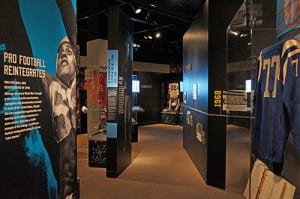
Because a traveling exhibit is installed and dismantled many times during its lifespan, Gallo approaches designing, engineering and constructing the exhibit differently than it would with a permanent museum installation.
“Designing to withstand the rigors of traveling is an important consideration,” said Szabo. “There is much more flexibility required for a traveling exhibit so that it is able to adapt to different floor plans and site conditions at venues.”
As part of being awarded the bid to do the project, Gallo needed a transportation company that would safely get the Hall of Fame’s exhibit to venues on schedule.
“We have a vendor network that we trust with moving exhibits from our facility,” said Szabo. “One such company is Midwest Fine Art Service and Transportation. They are very highly respected in the industry.”
Transporting Gridiron Glory since September 2012, MidWest Fine Art Service and Transportation has taken the exhibit to Pittsburgh, New Orleans and St. Louis so far.
“We move the artifacts in climate-controlled trailers and case goods in non-climate controlled trailers,” explained TJ Carney, president, MidWest Fine Art Service and Transportation. “We also monitor temperatures and climates regularly.”

It takes six employees and four days to load the exhibit onto a truck and six workers and three days to unload it, according to Carney. “The shipment consists of six truckloads all in,” he added.
Upon the exhibit reaching its short-term home, Gallo’s labor force can install it unless the museum prefers to use its own crew.
“We have a number of installation and dismantle employees. Many are the same craftsmen who build the exhibits,” said Szabo.
To reach the broadest possible audience, the Pro Football Hall of Fame’s exhibit is expected to be on the road for six to 10 years.
“One of the benefits of a traveling exhibit is the ability to deliver content that is unique and pertinent to that local community and environment,” said Szabo.
How long the exhibit stays in each of its locations depends on the museums and a feasibility study conducted to ensure these venues meets their goals for the exhibit.
Aside from Gridiron Glory, Gallo has also produced and fabricated two life-size Barbie Dreamhouses, a 10,000 square-foot experience at the Sawgrass Mills mall in Sunrise, Fla., and a 25,000 square-foot experience in Berlin, Germany. Its museum work includes a 10,000 square-foot traveling exhibit featuring rare items from the CIA, FBI and other intelligence agencies.



